Key facts:
-
UST was quoted at USD 0.25; a reduction equivalent to 75% of its price.
-
Stablecoins establish parity through mechanisms such as reserves and collaterals.
What is happening with the disparity of Terra USD (UST), a stablecoin of which its operating logic establishes that there are no large variations, is an opportunity to make memory and remember that this type of scenarios have occurred in the past.
CryptoRank, a portal specialized in collecting data from the markets in the Bitcoin and cryptocurrency ecosystem, post recently a ranking of the different stablecoins that have lost their parity over time, with Terra USD and USDT (Tether) being the most notorious.
In this case, CryptoRank shows the fall of UST above USD 0.67, however, this May 11, UST marked a minimum above USD 0.25.
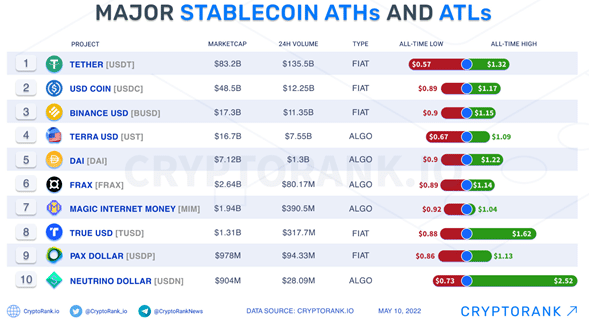
For the case of USDT, this has suffered considerable increases and decreases in its parity. The first, and the most remarkable was the one that occurred in March 2015, the year of its launch, in which it saw a reduction of up to 40%, trading at USD 0.57. Subsequently, as we have reported in this medium, it has had small reductions, considering the last one, which has reached USD 0.90.
In this case, as the graph above shows, it seems that the reductions are quite natural. Inside the top 3 stablecoins, a 10% reduction is among what is considered normal. This, of course, taking into account that these (USDT, USDC and BUSD) they specifically use a backup in fiat (securities, assets, cash, among others), the opposite case to UST which has an algorithmic backing, and which, according to the founder of Terra, Do Kwon, is in plans to move UST to a collateralized backing.
How does a stablecoin lose parity
Stablecoins are cryptocurrencies that, for example, mint their value into a fiat currency. Within the world of so-called stablecoins, as we have analyzed in Criptonews, there are three types of backing: fiat, collateral and algorithmic.
In the case of Fiat, coins are issued according to the backing that is deposited, example: if 1 million dollars are deposited, 1 million USDT is issued, this in theory. For collateral, the issue depends on the securities that are given as collateral. DAI, is an example of this, whose value depends on the collateral in ETH, BAT, USDC or even WBTC, a token with parity with BTC.
The last of these types of backups is the algorithmic one, the value of which is set through different systems. In the case of UST, parity is established by burning LUNA, native token of Terra, network in which UST inhabits. If there is an over-demand for UST, the MOON is burned to issue UST. In case of an oversupply, UST is burned to issue MOON, and thus maintain parity. This means that UST has no collateral or backing.
However, reductions in parities can depend on many factors. One of the main ones is the confidence you have about a currency. For example, in the case of USDT, Bitfinex, the exchange that backs this stablecoin, was involved in a series of controversies that made users doubt about its support and began liquidating their positions in USDT.
Another case is found in DAI that, by having collateral backers such as ETH, a drastic reduction in the price of ETH occurred in 2019, caused DAI to lose its anchorage.
In the case of UST, the loss of parity is still under analysis. Do Kwon himself, co-founder of Terra USD, has recognized which is due to a failure in the anchoring system. Like USDT, Terra USD has experienced a loss of confidence on the part of the community, thus creating a precipitous drop in its price.











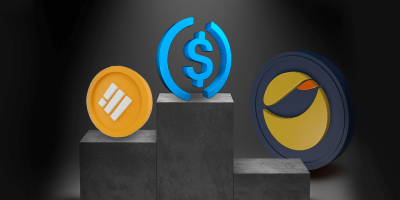


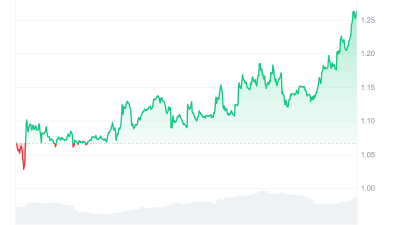
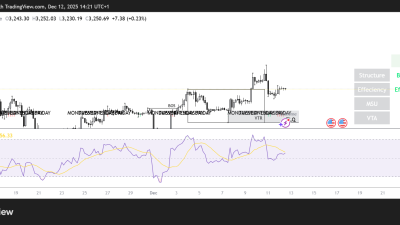
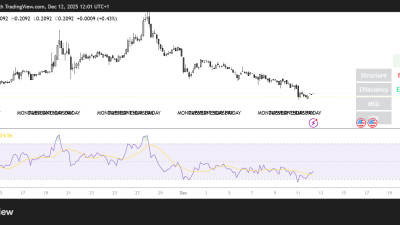
Comments